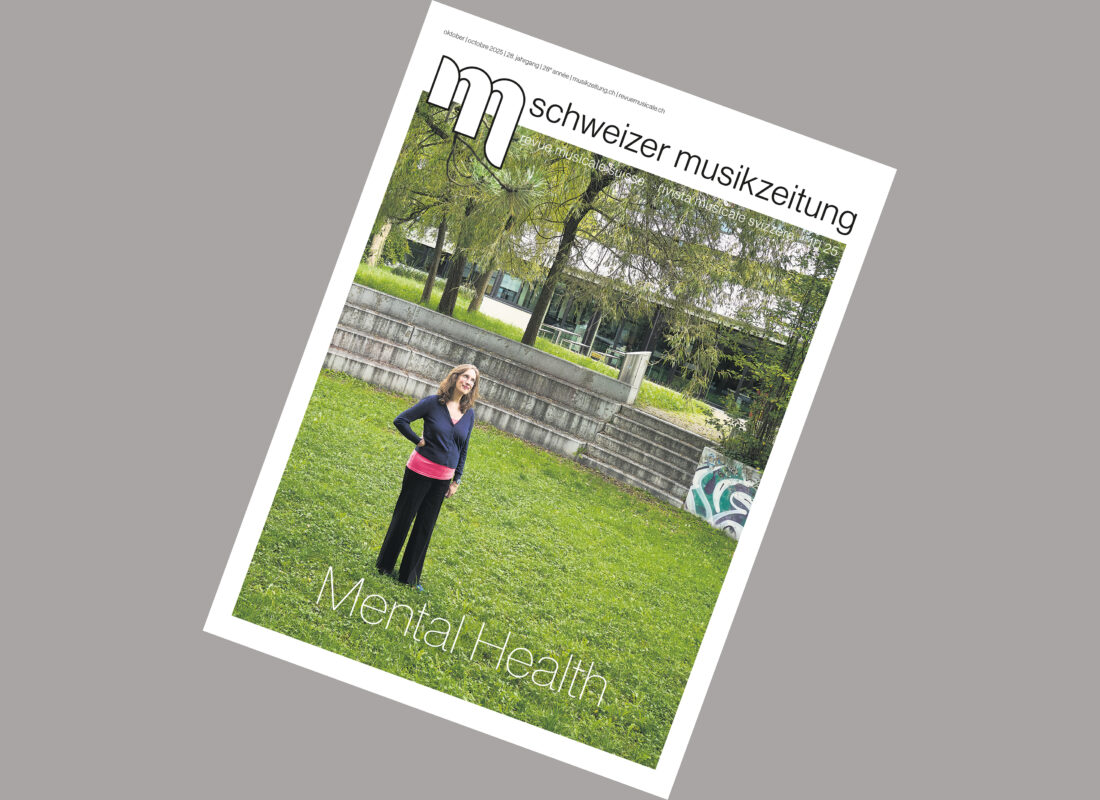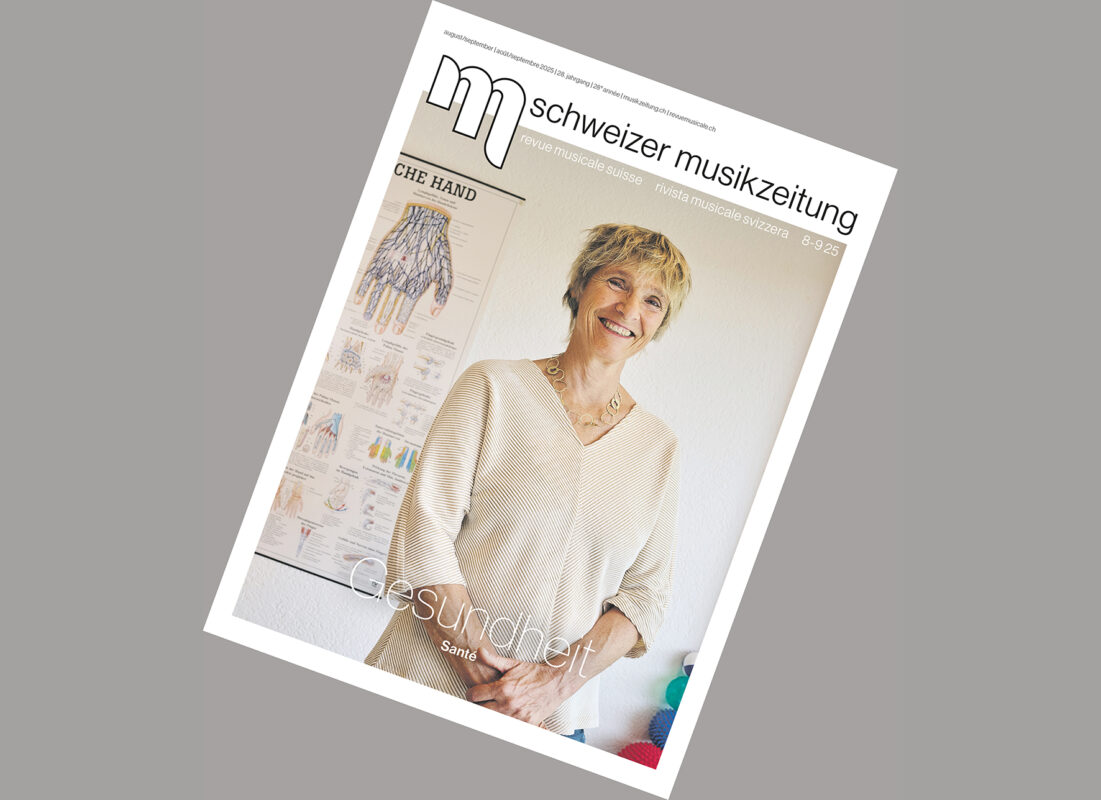Michael Jackson in a retirement home
I was very surprised when a musician friend of mine recently told me that he had performed in a retirement home and the residents hadn't asked him to play Mozart or Brassens or Edith Piaf, but a hit by Michael Jackson.
Ageing means something completely different today than it did two or three generations ago. When the AHV was introduced in 1948, retirement was the final phase of life. Today, for many, it is a time full of new things, discoveries, a rebirth, so to speak. People sit down at the piano again, join a choir or even start learning a new instrument. As a rule, you still have a good twenty years ahead of you. It is estimated that today's young people will live to be a hundred on average!
The media show us septuagenarians who can hardly be stopped, from Jane Fonda to Harrison Ford. The Rolling Stones or Deep Purple still fill stadiums ... In the end, it is classical music that has changed the least. It has long known the aged stars from Böhm to Rubinstein.
Society is organizing itself accordingly: there are music lessons for the elderly, choirs and even music festivals in retirement homes; rhythm courses for seniors are a big hit. Our April issue looks at this panorama of musical activities for the third and fourth age. It is possible that we will soon see what is now being referred to as the fifth age, the over 110s!
And if people are staying young for longer and longer, it is perhaps only logical that this also applies to certain types of music. I recently heard an organ grinder say: "And now something for the young!", to which she replied In the Mood cranked up. She looked at me strangely when I explained that this piece was from the time of the great-grandparents of today's young people.








